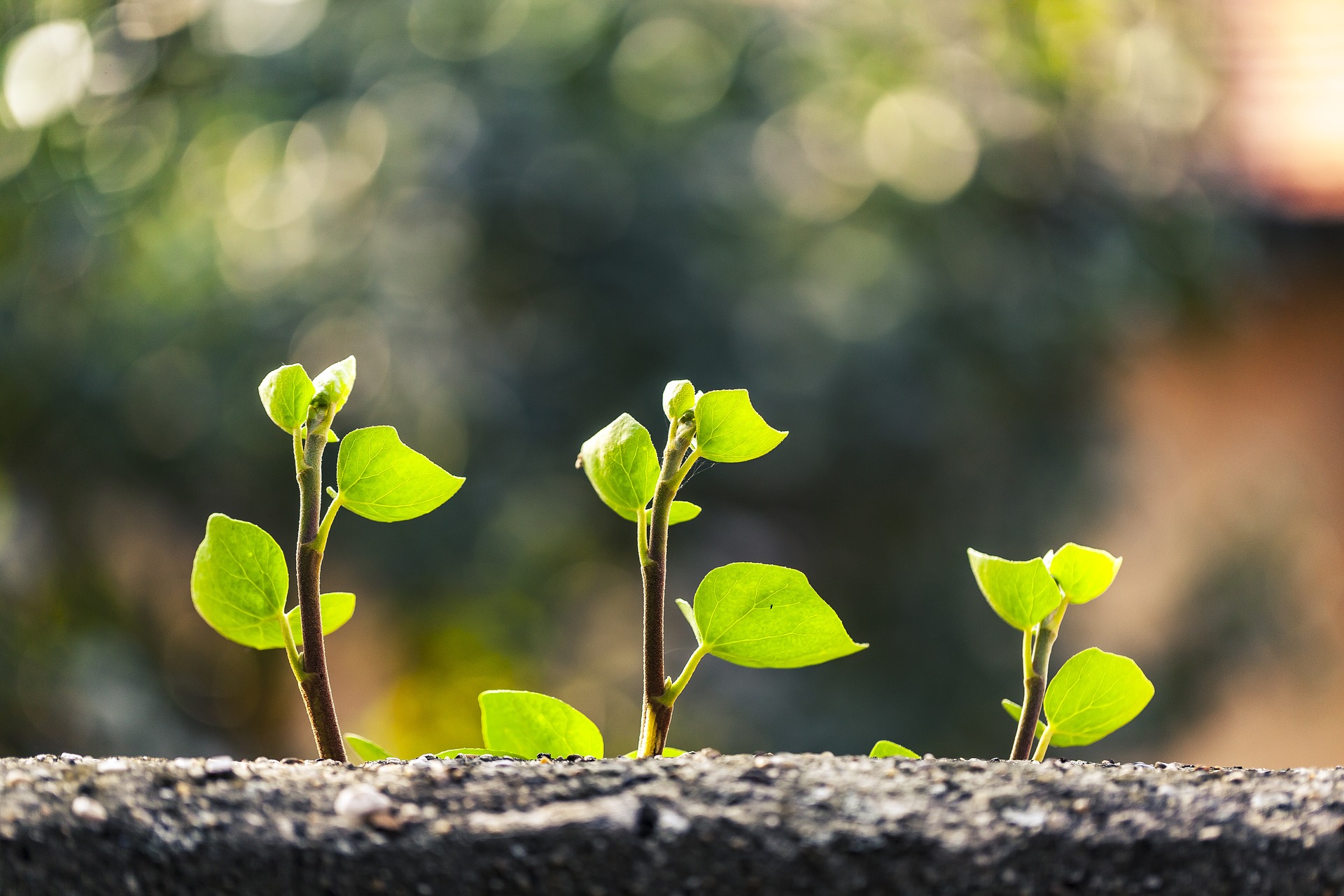From the moment lockdowns came for New York in March 2020, we started incorporating outdoor time into our schedules. Toddlers have such short attention spans, and our then 2-year old was not going to sit home without intense parental involvement. It was so much easier to bring him outside to walk, scooter, or play in the playgrounds (I shudder remembering how all the playgrounds were locked from mid-March to Father’s Day). A had a morning outing which happened right after the virtual circle time I hosted (morning song, a dance party, and a book reading), and an afternoon outing which in that year occurred after my work day ended. We didn’t track our hours that year, but we easily spent 750 hours outside as we always strove for a minimum of two total hours per day.
In 2021, I finally tracked our hours starting on New Year’s Day using a printed tracker from 1000 Hours Outside (they also have an app, but the joy of bubbling in the hours with colored pens actually made me excited!). I am happy to report that we hit 1000 hours on December 17, which was very fortuitous since we had to self-isolate the following week following a positive case in our son’s class. We definitely had way more hours outside from April-October, but even in the worst of winter, we never dropped below one hour once daycare reopened in mid-July 2021.

There are so many benefits to outside play, but first and foremost, it means you are not cleaning up after your child’s mess at home! Secondly, your child isn’t training himself to become reliant on screens for stimulation. Yes, you can have a structured day at home with no screens, but you are also not a robot. There will be moments when you cannot pull together one more invitation to play or set up an activity, and that is why having the dedicated outside time helps you marshal your bandwidth and energy more effectively. Lastly, nature is a known relaxant, and the benefit here is two-fold: 1) your child can better cope with any stressors in their life, and 2) they come back refreshed and ready for more “formal” learning.
What can you learn outdoors? PLENTY! Outdoors, you can help your child identify flowers and plants, train yourselves to recognize bird calls, talk about the seasons and climate change, track the moon and stars, learn to bike or rollerblade or skateboard, and play with other kids on the playground. All solid learning opportunities in my book.
Though 1000 hours outside is really difficult to achieve with a younger child in a city, it is doable. Your child’s 1000 hours are your 1000 hours too, so it’s a benefit since it means that you too have reduced your screen time. Here’s how we achieved our 1000 hours:
- Invested in all-weather gear: we are very partial to Polarn O. Pyret, though have also heard great things about Spyder’s grow-with-me snowsuits. We have Merino wool base layers from PoP (including the balaclava which fits perfectly under helmets), rain pants, as well as snow pants. Their zip-up waterproof mittens are perfect for when your kid is still too young to easily manage gloves. PoP gear is cut large so you can get at least two years out of the investment, sometimes three years depending on growth spurts (or lack thereof).
- Rotated through a list of nearby parks and playgrounds: We are fortunate to be in walking distance of at least eight parks and playgrounds. We also have ones that we reach on subway (our rule during surges with the virus is that trips need to be 15 minutes or less, which is the amount of time it takes for an unmasked, infected person to spread an infectious dose of COVID-19 to a healthy person not wearing a mask. We are obviously masked, but we like to play things safe). What I didn’t know before becoming a parent is that public school playgrounds are open to the public, and we are fortunate to have so many great playgrounds near us. We save the ones that are closest for inclement weather, and try as much as possible to reach the further ones in good weather.
- Became members of the botanical gardens and zoo: Gaining access to these two institutions also meant expanding our ability to visit further afield when positivity rates are low. At select times this year, that meant that we were able to visit the Bronx Zoo, the Central Park Zoo, and the New York Botanical Gardens.
- Acquired a sled: we had record snow last year and sledding was so much fun, especially in the very hilly parks. This year, Governor’s Island is open for the winter and we may consider going there as well if the weather allows for it.
- Paired outdoor dining with our play runs: on summer weekends, we would take the late afternoon ferry to Governor’s Island, return with the last ferry, and eat dinner outdoors near the pier. This was easily a 5.5-6.5 hour excursion and helped make up for the inevitable November/December days when you cannot be outside for so long.
- Made up scavenger hunts: especially after daylight savings time ends, you need to entice your child to be outdoors if you want to reach the goal. We did Christmas tree and pumpkin scavenger hunts for this purpose, and our kiddo loved varying routes to see if he could count more trees on a select modified path.
- Practiced balance: bikes and skateboards are the obvious winners here, but scootering is a great foray for the younger kids. Light-up wheels are especially attractive and so helpful when it was too hot for an afternoon run and we had to wait till after dinner to get out. On that note, we also invested in lights for our bikes so we could go out when it got dark early. People are always amused at how bright our child’s bike is and it helps their walks too.
NYC is not an easy place in which to achieve 1000 hours outside, but it sure makes it pleasant to do so, especially as a parent who also wants diversity in their outdoor experiences. Plus, you can easily run an errand on your outdoor time. The only thing I didn’t like was having to referee fights on the playground or emotionally regulating our kid. But this comes with the territory of having a young child, and I don’t think I could have avoided that, outdoors or indoors.

